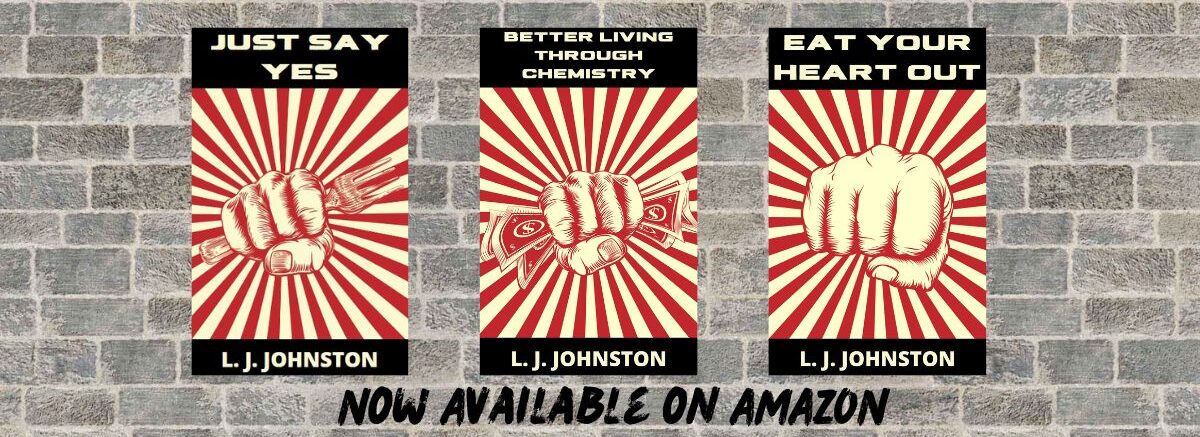
My home town of Dallas, Texas often ranks high in those contests judging the beauty of the downtown skyline. I may be biased, but I agree. One of my favorite features is the Bank of America building with its stylish bright green outline. At the time it debuted in 1985 it was a bold choice, outlining the largest building in town in what one could describe, literally and accurately, as screaming neon. Many more buildings have sprung up over the last thirty-odd years, but it still easily holds its own with its distinctive signature color.
Technically speaking, the green glow resulted from argon gas, not neon. It was updated to LED technology in 2013, which gives the option of changing colors for special occasions.
The Bank of America building outline and others like it are the descendants of the original neon lighting. Neon gas was discovered in 1898. It was available in limited amounts until a Frenchman called Georges Claude figured out how to produce it in quantity. There are unverified reports that it was one of the wonders displayed at the 1904 World's Fair in St. Louis, which I discussed in a recent blog post. One of Claude's employees saw the potential for neon in the sign business. Red neon advertisements became all the rage in Paris and elsewhere.
 I won't pretend I have the mental chops to fully understand how neon signs work, but it appears to be a function of applying electricity to a glass tube that has been filled with gas. Originally, neon created a red glow. It is still used for red, orange, and some pink tones. Cooler colors like blues and greens are created using argon, mercury, and sometimes a special paint coating in the glass tubing.
I won't pretend I have the mental chops to fully understand how neon signs work, but it appears to be a function of applying electricity to a glass tube that has been filled with gas. Originally, neon created a red glow. It is still used for red, orange, and some pink tones. Cooler colors like blues and greens are created using argon, mercury, and sometimes a special paint coating in the glass tubing.
America's first neon sign was initially thought to be commissioned by Earle C. Anthony for his Packard auto dealership at 10th and Hope streets in Los Angeles in 1923. Researchers have cast doubt on this claim, however. Regardless of its birth year, the Los Angeles sign definitely caused a stir, resulting in traffic jams as people marveled at the 'liquid fire'. Soon businesses nationwide were clamoring to install their own glowing letters.

the technology advanced, blinking and waving and diving and dancing signs populated the marketing landscape. Even if you're not into gambling, it's worth a visit to cruise The Strip and bask in its neon glow. While you're there, give a nod to the noble gas neon - lighting up our nights since 1898.
